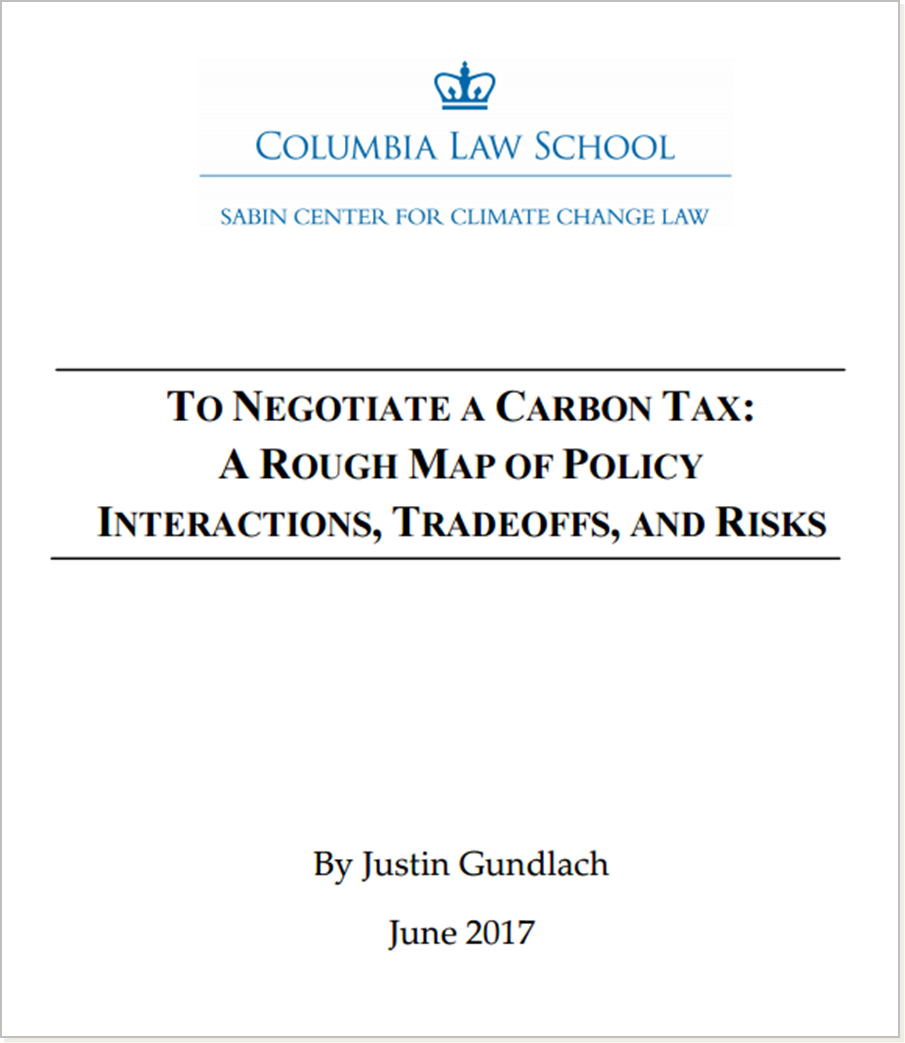Gregory E. Wannier
Deputy Director
One result of the 2010 midterm elections was the replacement of several climate-receptive state governors with more skeptical administrations in governor mansions around the country. As a result, the continuation of many state and regional climate activities has been thrown into question. Nowhere is that dynamic more evident than in New Mexico, where incoming governor Susana Martinez recently refused to publish state regulations passed under former governor Bill Richardson that would implement statewide greenhouse gas reductions starting in 2013.
New Mexico’s Environmental Improvement Board (EIB) made headlines on November 2, 2010 when it approved a cap-and-trade system for the state after a 2-year process of deliberation, but Governor Martinez fired the entire Board on January 5, 2011, and has prevented the cap-and-trade rule from being published. Under the New Mexico State Rules Act (NMSA) § 14-4-5, “no rule [is] valid or enforceable until it is filed with the records center and published in the New Mexico Register,” making this refusal to publish an absolute barrier to implementation.
This action has been challenged in state courts by the New Mexico Environmental Law Center (NMELC). In its petition for a Writ of Mandamus from the New Mexico Supreme Court, NMELC asserts that Governor Martinez acted beyond her statutory authority in declining to publish this rule (as well as 31 other official rules that were scheduled for publication) on January 14. The New Mexico Supreme Court has accepted the case and will hear arguments on January 26, 2010.
The fundamental legal query hinges on the relationship between the Governor’s office and other state executive bodies. Specifically, Governor Martinez issued an executive order that preserved the right to review all “proposed and pending rules” before their final publication, with a goal of ensuring that such regulations do not inordinately harm New Mexico’s economy. Petitioners, however, claim that the December 27 approval by the EIB constituted final approval of the rule and that publication is a mere formality. This would effectively remove the Governor’s ability to stop implementation of the regulation before a full public rehearing on the merits of repeal; the Air Quality Control Act of New Mexico states specifically that “[n]o regulation shall be adopted until after a public hearing by the board” and that “’regulation’ includes any amendment or repeal thereof.”
NMELC’s claim that the rule should be interpreted as final focuses on past practice and certain events preceding Governor Martinez’s action. Specifically, the Record Office (which is responsible for publication of regulations) accepted the regulation as “filed” on December 27, 2010. Petitioners also note that state officials attempted to cancel this acceptance, and that in doing so they referred to EIB as the “issuing agency” of the cap and trade rule, both of which actions might imply that the rule was in fact already promulgated. Finally, petitioners draw upon structural constitutional arguments surrounding New Mexico’s executive branch: as the EIB website describes, the members of the Board are intended to be bipartisan and independent of the Governor’s office, and allowing the Governor to unilaterally suspend their regulations would undermine the proper balancing of power in the state administrative system. Respondents counter that the Governor acted well within her power and that even if the regulation were finalized it could still be considered pending because it will not take effect until 2013.
NMELC’s point about the Record Office is a good one; the comments to NMSA §14-4-5 state clearly that there is “no provision for a preliminary investigation by the records center” pending publication, which supports petitioners’ assertion that final publication is a mere formality once the regulation is filed. However, the same statute provides no similar protection from review by the Governor’s office: respondents may have a plausible claim that stepping in to review orders before publication is an appropriate, and constitutionally supported, role. Also, New Mexico law requiring that regulations be published before they can be deemed official might be said by definition to imply that this regulation was “pending” final publication (and therefore within the scope of Governor Martinez’s executive order).
Respondents’ point about the regulation not going into effect until 2013 is less convincing. On the national level, EPA constantly issues final rules that take effect at future dates; most recently three of its greenhouse gas regulations were challenged long before their planned implementation date of January 2, 2011.
Past practice by previous administrations has generally leaned toward petitioners’ view, which provides a tradition in their favor but also makes this issue appear to be a matter of first impression for the New Mexico Supreme Court. In the meantime, this case should be closely watched; the Court’s decision will affect climate activities not only in New Mexico (and by extension in the Western Climate Initiative, of which New Mexico is a member), but also possibly in myriad other states where regulatory actions under prior administrations may come under heavy fire by new administrations in 2011.
——————————————————
UPDATE 1/26/11: The New Mexico Supreme Court ruled on January 26 in favor of the petitioners, and ordered Governor Martinez to publish these regulations as finalized by the EIB in December. This ruling represents a victory for environmental interests in the state, who had pushed hard for the regulations to be implemented. It also represents a limitation on the power of the Governor over non-political executive branches, and is the first sign that incoming governors may not be able to immediately restructure their states without public and/or legislative support.
This ruling does not preclude the option available to Governor Martinez to initiate agency review and eventually remove the regulations; however, such a process will need to follow standard administrative procedure and involve the general public.
—————————————————-


